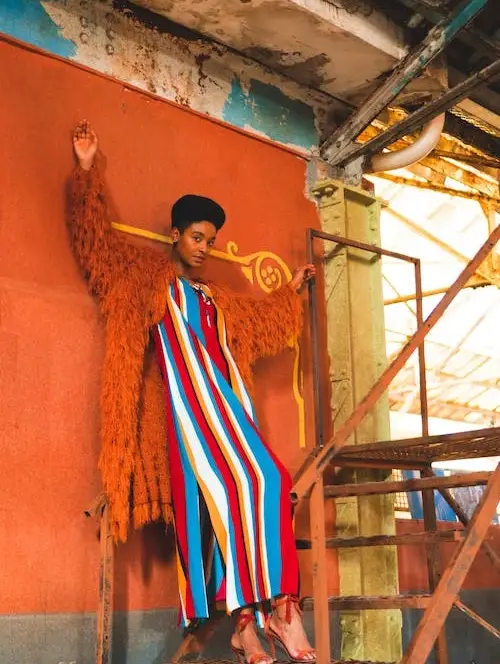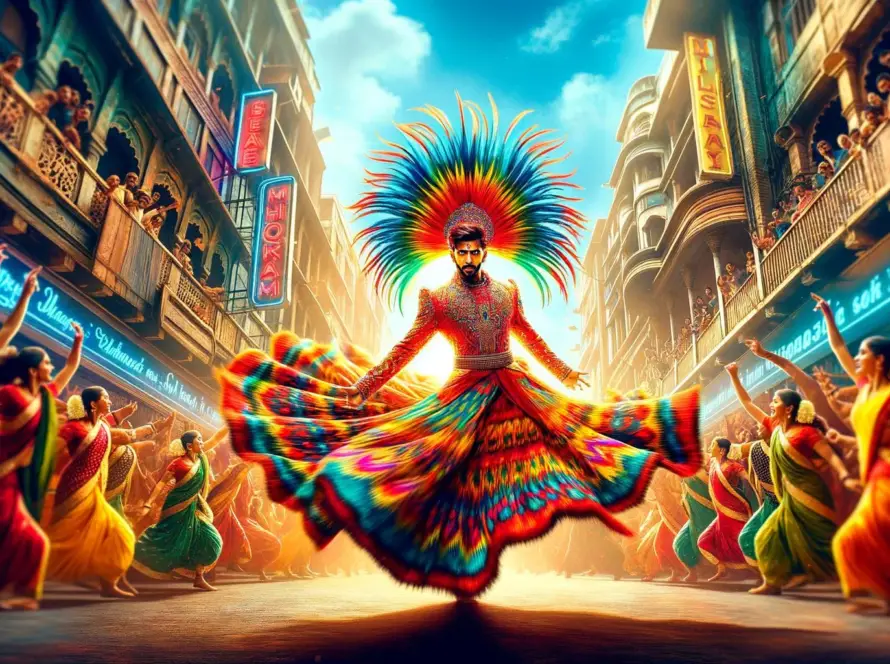Generated by Contentify AI
The art of Rangoli is a beautiful and intricate Indian tradition that has been passed down through generations. Rangoli, derived from the Sanskrit word “rangavalli,” is a form of art where intricate patterns are created on the floor using materials such as colored rice, dry flour, colored sand, or flower petals. This art form holds a special place in Indian culture and is often created during festivals and special occasions, symbolizing beauty, good luck, and welcoming guests into the home.
The designs created in Rangoli are often inspired by nature, such as flowers, peacocks, or geometric patterns, and hold deep symbolic meaning. Traditionally, Rangoli is created by women in the household, and it is considered a form of expression and a way to bring positivity and prosperity into the home. The process of creating Rangoli involves patience, precision, and a steady hand, as the designs are often incredibly detailed and require a careful eye for symmetry and balance.
What makes Rangoli truly special is its impermanence. After hours of meticulous work, the designs are swept away, symbolizing the transient nature of life and the importance of living in the present moment. Despite this impermanence, the art of Rangoli continues to thrive, with modern interpretations incorporating new materials and techniques, and even expanding beyond traditional occasions to become a form of public art and cultural expression. As a testament to its enduring beauty and significance, Rangoli continues to captivate and inspire people around the world, showcasing the timeless charm and artistry of Indian culture.
Get in touch with us
Contact us for inquiries, collaborations, or any assistance you may need. We’re here to help!
Key Takeaways
- Rangoli is a traditional Indian art form that involves creating colorful designs on the floor using materials like colored rice, dry flour, colored sand, or flower petals.
- Rangoli is often made during festivals and special occasions such as Diwali, Onam, and Pongal, and is believed to bring good luck and prosperity to the home.
- The designs of Rangoli can vary from simple geometric patterns to more intricate and detailed motifs inspired by nature, and they hold cultural and spiritual significance in Indian traditions.



